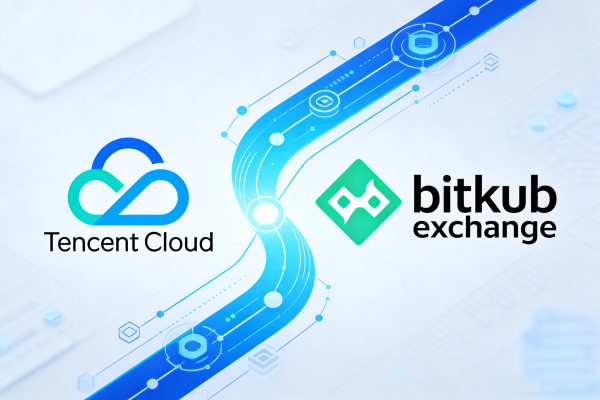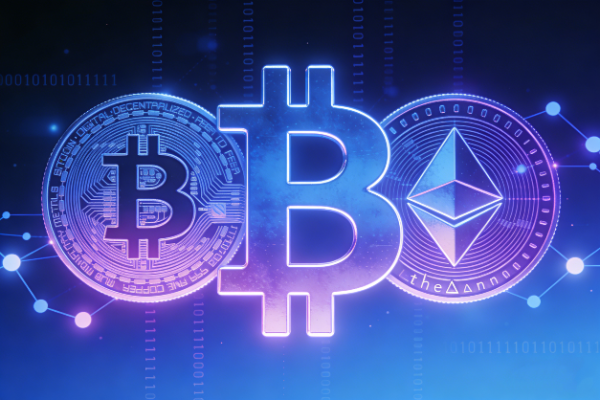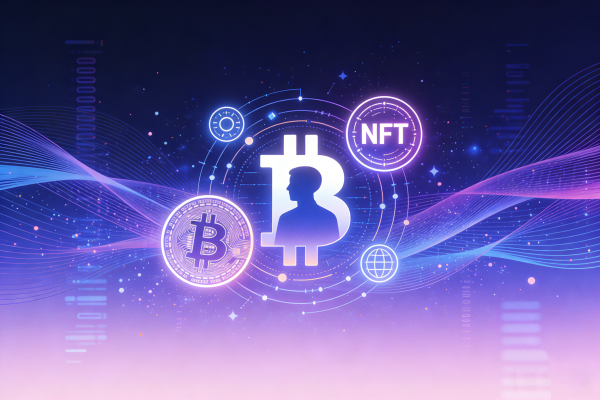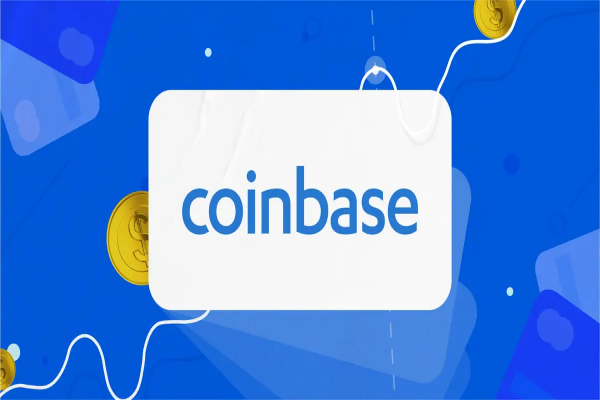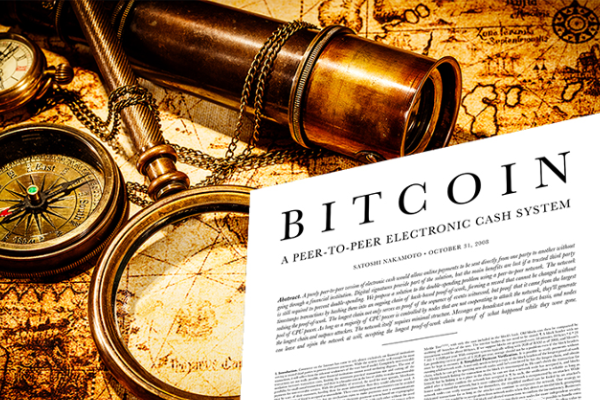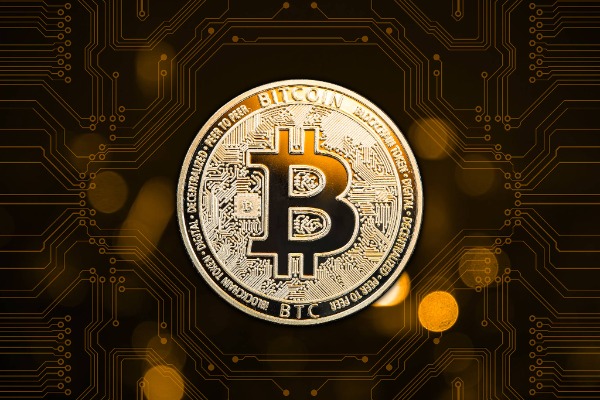Current and potential blockchain applications, decentralized cryptocurrencies

The highly secure and immutable nature of blockchain makes it an ideal system for a wide range of industries.
While some industries have been quicker than others in adopting the benefits of blockchain, all are exploring its potential. By distributing information in a decentralized manner among users, blockchain has the potential to bring greater transparency to a wide range of industries.
Some blockchain-based use cases are already well established, with millions of people around the world using them, while others are still in the proof-of-concept stage.
Decentralized Cryptocurrency
The original and most popular use case for blockchain technology is to support cryptocurrencies.
The peer-to-peer, censorship-resistant nature of blockchain has enabled developers to create a variety of cryptocurrency projects, each with a different purpose.
Real-life example: Crypto assets like Bitcoin (BTC) and Tether (USDT) allow individuals to trade directly with each other at near-instant speeds, without the need for middlemen to be involved in the transaction process.
Supply Chain Management
To get items from one place to another, multiple parties must rely on different systems to track and process items. Blockchain technology helps reduce the barriers created by these different systems, thereby reducing the cost of the process and reducing potential points of failure.
Real-life example: Amazon’s “managed blockchain” is a leading example of a service that provides other companies with tools to deploy private blockchain networks for supply chain management.
Healthcare records
Today, healthcare records are often managed by centralized data centers. This increases costs and risks for the entities entrusted with managing this data. The information in these records can be vulnerable to security breaches or difficult to share with other hospitals around the world. Some experts believe that blockchain technology can help protect and verify records, giving individuals more autonomy over their own data.
Real-life example: MedRec, Ancile, and OmniPHR are a few examples of solutions that use blockchain technology for electronic health record management.
Insurance
For years, insurance companies have been exploring the use of blockchain technology to improve operational efficiency. Many believe that blockchain’s decentralized nature and ability to create an unchangeable record of transactions can help address issues such as fraud, claims disputes, and long processing times.
Real-life example: In 2023, TradeWaltz launched its insurance blockchain solution. Two major Japanese insurance companies, Sompo and Tokio Marine, now use TradeWaltz’s platform to offer marine insurance products.
Energy Sector
Companies also see the potential for blockchain-based infrastructure to revolutionize the global energy industry. By enabling peer-to-peer energy trading and supporting the integration of renewable energy, blockchain can change how energy is produced, distributed, and consumed.
Real-life example: Power Ledger (POWR) is an example of a cryptocurrency project that uses blockchain technology to create a peer-to-peer energy trading marketplace. It allows environmental commodities such as carbon credits and renewable energy certificates to be tokenized and traded.
Identity Management
Handling customers’ personal information requires highly secure, robust systems that are both accessible and tamper-proof. Blockchain can help meet this need by automating identity verification and providing individuals with greater control over their personal information.
Real-life example: The World Economic Forum uses a blockchain solution called the Known Traveler Digital Identity (KTD) to simplify cross-border travel by reducing the need for physical documents.
Voting in Elections
In democratic societies, voting plays a central role in determining the outcomes of local and national elections. Some experts tout the technological innovation of blockchain databases as a way to put an end to contentious elections.
Real-life example: Follow My Vote and Voatz are blockchain-based voting solutions that aim to provide U.S. citizens with a more secure and trusted mechanism for voting in elections.
Item Authentication
Non-fungible tokens (NFTs) showed how people can use blockchain to track and verify the authenticity and ownership of digital documents — something that was not possible before the advent of blockchain technology. Since then, other companies have created their own blockchain solutions for tracking and verifying the authenticity of real objects.
Real-life example: Aura Blockchain Alliance, Authena, and Seal are working on blockchain-based solutions to guarantee the provenance of specific items.
